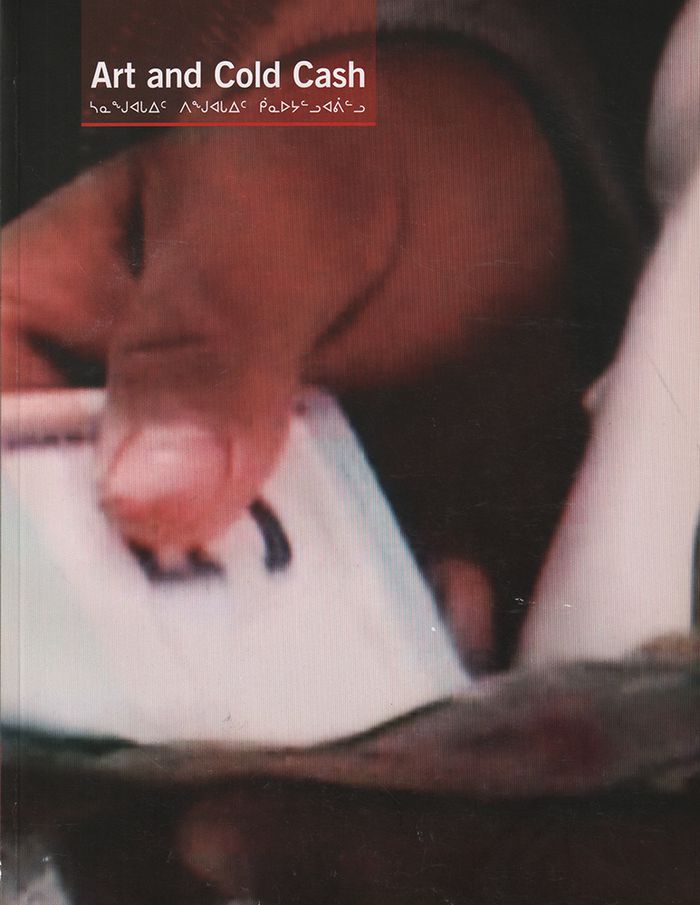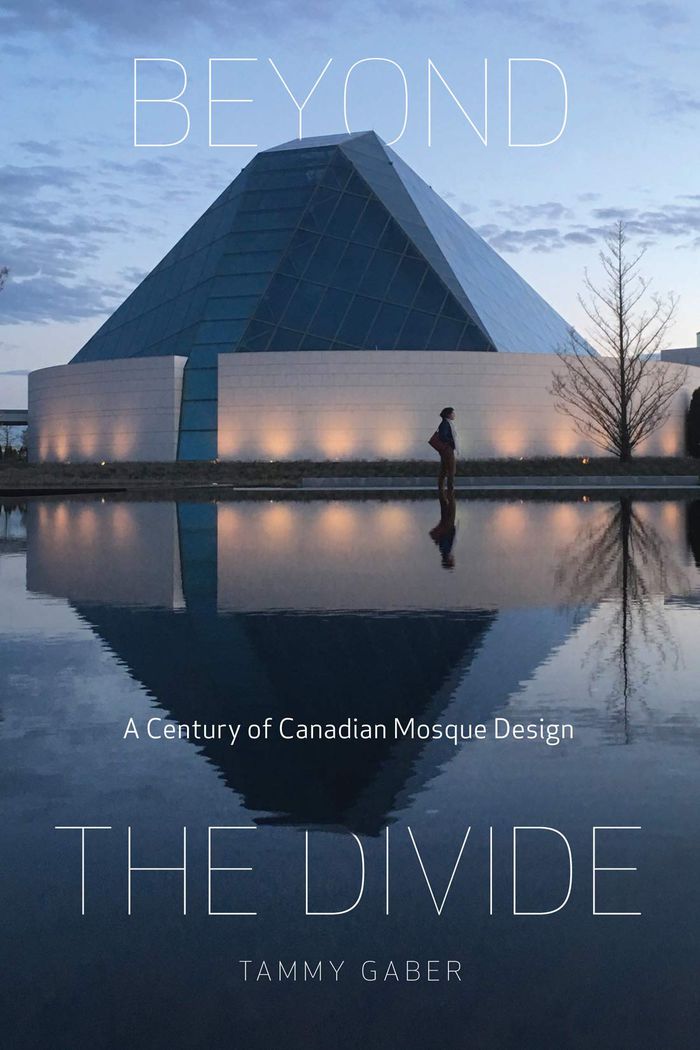Art and Cold Cash
$29.95
(available to order)
Summary:
'Art and Cold Cash' – a multi-layered, creative investigation that took place from 2004 to 2007 – connected? contemporary art to discourses surrounding money in a series of artistic activities and experiments located in northern and southern Canada. Jack Butler, Sheila Butler and Patrick Mahon, three contemporary artists whose practices are normally situated in southern(...)
Art and Cold Cash
Actions:
Price:
$29.95
(available to order)
Summary:
'Art and Cold Cash' – a multi-layered, creative investigation that took place from 2004 to 2007 – connected? contemporary art to discourses surrounding money in a series of artistic activities and experiments located in northern and southern Canada. Jack Butler, Sheila Butler and Patrick Mahon, three contemporary artists whose practices are normally situated in southern Canada and internationally,? worked on the project in collaboration with writer Ruby Arngna’naaq and artists William Noah, two Inuit? members of the Art and Cold Cash Collective who lived through the change from a barter economy to? capitalism in Baker Lake, Nunavut, during the twentieth century.
Canadian art
$56.00
(available to order)
Summary:
''INUA: Inuit Nunangat Ungammuaktut Atautikkut (Inuit Moving Forward Together)'' refers to the life force of all things. As an acronym, it also speaks to our collective vision for Qaumajuq as a place for Inuit to work together towards an exciting new future in the arts, foregrounded by our shared culture and language. The exhibition includes approximately 100 works of art(...)
INUA: Inuit Nunangat Ungammuaktut Atautikkut/ Inuit Moving Forward Together
Actions:
Price:
$56.00
(available to order)
Summary:
''INUA: Inuit Nunangat Ungammuaktut Atautikkut (Inuit Moving Forward Together)'' refers to the life force of all things. As an acronym, it also speaks to our collective vision for Qaumajuq as a place for Inuit to work together towards an exciting new future in the arts, foregrounded by our shared culture and language. The exhibition includes approximately 100 works of art made by 91 artists—from the 1940s to the present—including works from the WAG and Government of Nunavut collections, fifteen commissioned artworks, and loans from across Canada, Alaska and Greenland. INUA is curated by four Inuit and Inuvialuit curators, representing the four regions of Inuit homelands in Canada today. From east to west, they are: Dr. Heather Igloliorte (Nunatsiavut); asinnajaq (Nunavik); Krista Ulujuk Zawadski (Nunavut) and Kablusiak (Inuvialuit Nunangit Sannaiqtuaq). It is also supported by many other Inuk contributors; Project Manager Jocelyn Piirainen; Exhibition Designer Nicole Luke; Graphic Designer Mark Bennett; Educator Kayla Bruce; and WAG Board Member & Indigenous Advisory Circle senior member, Theresie Tungilik.
Current Exhibitions
$45.00
(available to order)
Summary:
Kenojuak Ashevak shot to fame in 1970 when Canada Post printed The Enchanted Owl, a print of a black-and-red plumed nocturnal bird, on a postage stamp. She later became known as the magic-marker-wielding "grandmother of Inuit art," famous for her fluid graphic storytelling and her stunning depictions of wildlife. She was a defining figure in Inuit art and one of the first(...)
Contemporary Art Monographs
May 2018
Tunirrusiangit: Kenojuak Ashevak and Tim Pitsiulak
Actions:
Price:
$45.00
(available to order)
Summary:
Kenojuak Ashevak shot to fame in 1970 when Canada Post printed The Enchanted Owl, a print of a black-and-red plumed nocturnal bird, on a postage stamp. She later became known as the magic-marker-wielding "grandmother of Inuit art," famous for her fluid graphic storytelling and her stunning depictions of wildlife. She was a defining figure in Inuit art and one of the first Indigenous artists to be embraced as a contemporary Canadian artist. Ashevak's legacy inspired her nephew, Timootee (Tim) Pitsiulak, to take up drawing at the Kinngait Studios. In his relatively short career, he became a popular figure, known for drawing animal figures with a hunter's precision and capturing the technological presence of the South in Nunavut. Tunirrusiangit, "their gifts" or "what they gave" in Inuktitut, celebrates the achievements of two remarkable artists who challenged the parameters of tradition while consistently articulating a compelling vision of the Inuit world view. Published to coincide with a major exhibition at the Art Gallery of Ontario, opening on 16 June and continuing until late August, ''Tunirrusiangit'' features more than 60 reproductions of paintings, drawings, and documentary photographs. Completing the book are essays by contemporary artists and curators Jocelyn Piirainen, Anna Hudson, Georgiana Uhlyarik, Koomuatuk Curley, Laakkuluk Williamson Bathory, and Taqralik Partridge that address both the past and future of Inuit identity.
Contemporary Art Monographs
$95.00
(available to order)
Summary:
Canada’s first mosque, the Al Rashid mosque in Edmonton, was built in 1938. In the years since, as Canada’s Muslim population has grown, close to two hundred mosques, Islamic centres, prayer spaces, and jamatkhanas have been built across the country. ''Beyond the divide'' explores the mosques of Canada in their diversity, beauty, practicality, and versatility. From east(...)
Beyond the divide: A century of Canadian mosque design
Actions:
Price:
$95.00
(available to order)
Summary:
Canada’s first mosque, the Al Rashid mosque in Edmonton, was built in 1938. In the years since, as Canada’s Muslim population has grown, close to two hundred mosques, Islamic centres, prayer spaces, and jamatkhanas have been built across the country. ''Beyond the divide'' explores the mosques of Canada in their diversity, beauty, practicality, and versatility. From east to west and to the north, Tammy Gaber visits ninety mosques in more than fifty cities, including Canada’s most northern places of worship in Nunavut and the Northwest Territories. For nearly a century Muslims have made mosques in a variety of spaces, from converted shops and vacated churches to large, purpose-built complexes. Drawing on site photographs, architectural drawings, and interviews, Gaber explores the extraordinary diversity in how these spaces have been designed, built, and used – as places not only of worship, but of community gathering, education, charitable work, and civic engagement. Throughout, ''Beyond the divide'' provides a groundbreaking analysis of gendered space in Canadian mosques, how these spaces are designed and reinforced, and how these divides shape community experience.
Architecture in Canada



